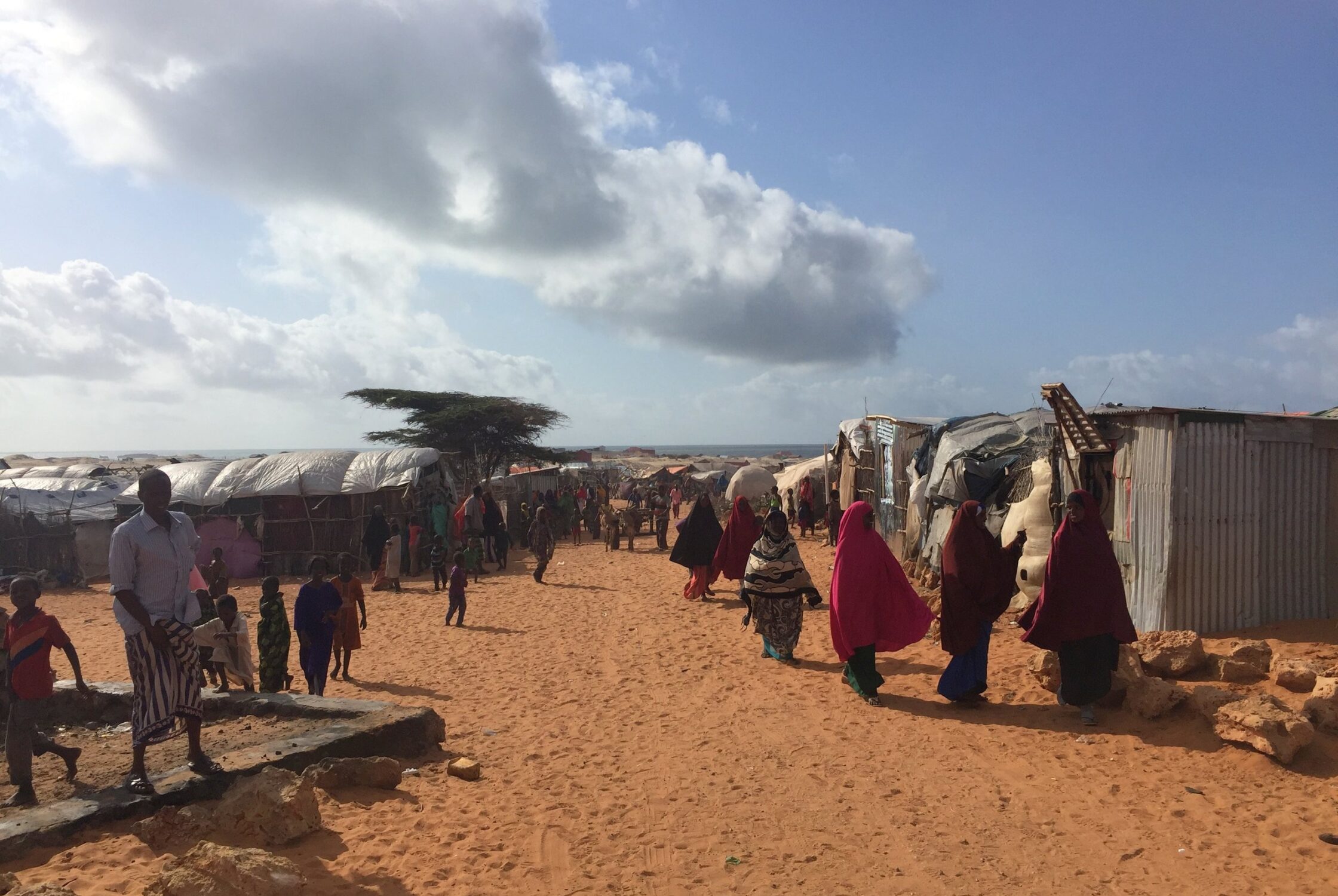Refugee Returns from Kenya to Somalia: “This is About Fear… Not About Choice”

The Kenyan government’s threat to close the Dadaab refugee camp by the end of November would not only endanger the lives of several hundred thousand Somali refugees but has already caused irreparable harm and damage.
With no alternative options, some refugees have been coerced into repatriating to Somalia, where insecurity and an ongoing humanitarian crisis continue. The United Nations Refugee Agency’s focus on expediting the pace of returns – through a program that is supported by donors and implemented in partnership with non-governmental organizations – in the face of political pressure from Kenya, promotes large-scale returns that are unlikely to be sustainable.
Development and reintegration initiatives in designated areas of return in Somalia need time to take hold; and, in the meantime, support for Somali refugees who remain in Kenya cannot be abandoned.


“But what is my choice? This is about fear. It’s not about choice.”
Somali refugee at a Return Help Desk in Dadaab
The priority of donors and UN agencies should be on improving conditions in Somalia, not succumbing to political pressure from Kenya to speed up the pace of returns through monetary inducements.
Kenya faces very real and very serious security challenges. But it is harmful and wrong to blame the Somali refugee population – people who themselves fled to Kenya seeking refuge from violence, persecution, and turmoil at home.
Recommendations:
- The Kenyan government must lift its deadline of November 30, 2016, for closing the Dadaab refugee camp, cease coercive efforts to promote premature returns to Somalia, and assure refugees that they will not be forcibly repatriated;
- Beyond improving the quality of information provided at Return Help Desks in Dadaab, the United Nations Refugee Agency (UNHCR) must expand its information campaign – with participation from Somalia-based sectoral partners – to share details about service availability, livelihoods opportunities, and security conditions in Somali areas of return through local radio messaging, social media, and direct engagement with and outreach to refugees;
- UNHCR must increase and extend post-return monitoring activities through regular phone communication with returnees to gather detailed information about the conditions and needs of returnees and inform coordinated planning for reintegration programs;
- As outlined in the Somali National Development Plan, international donors and the UN should support the Somali government’s strategic goal to enhance the absorption capacity of basic services for internally displaced persons (IDPs) and refugee returnees through improved coordination mechanisms between humanitarian and development actors;
- International donors, including the United States, the United Kingdom, and the European Union, should increase protection funding for the Dadaab refugee camp and in areas of return inside Somalia;
- Donors must increase humanitarian assistance for Somalia to close a $500 million gap in funding the UN’s 2016 Humanitarian Response Plan and address urgent needs, particularly relating to food insecurity;
- UNHCR’s Cross Border Working Group must devise clear and transparent terms of reference and expand its membership to include all relevant actors. Additionally, the leadership of UNHCR Kenya and UNHCR Somalia should make regular cross-border visits to each other’s field locations to inform programming and to improve coordination between the two country teams.
RI Senior Advocate Mark Yarnell and RI President Michel Gabaudan traveled to Kenya and Somalia in September 2016.